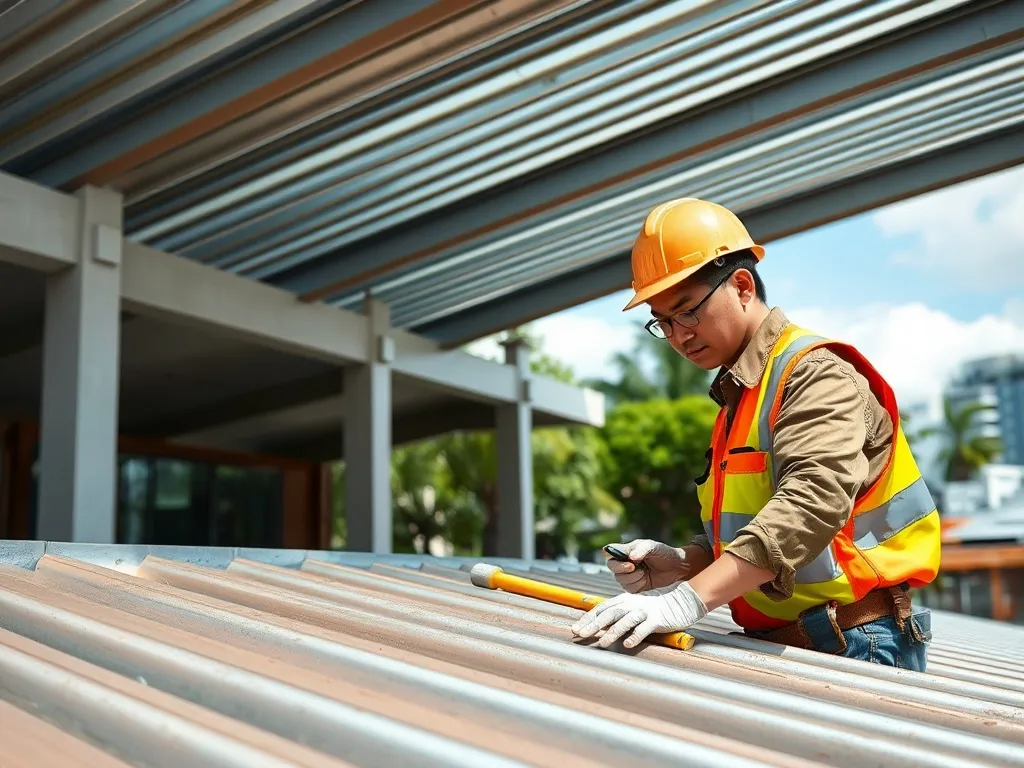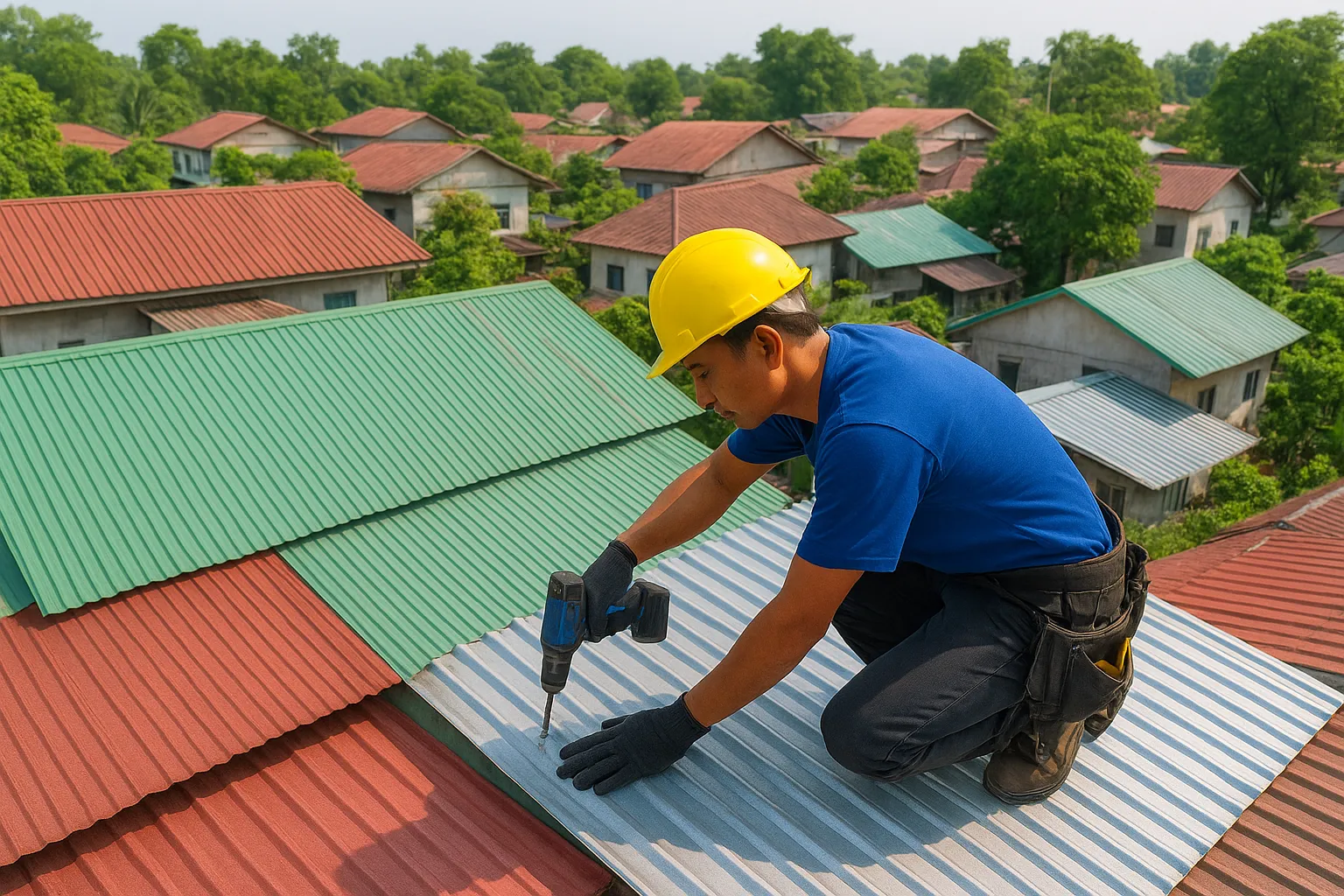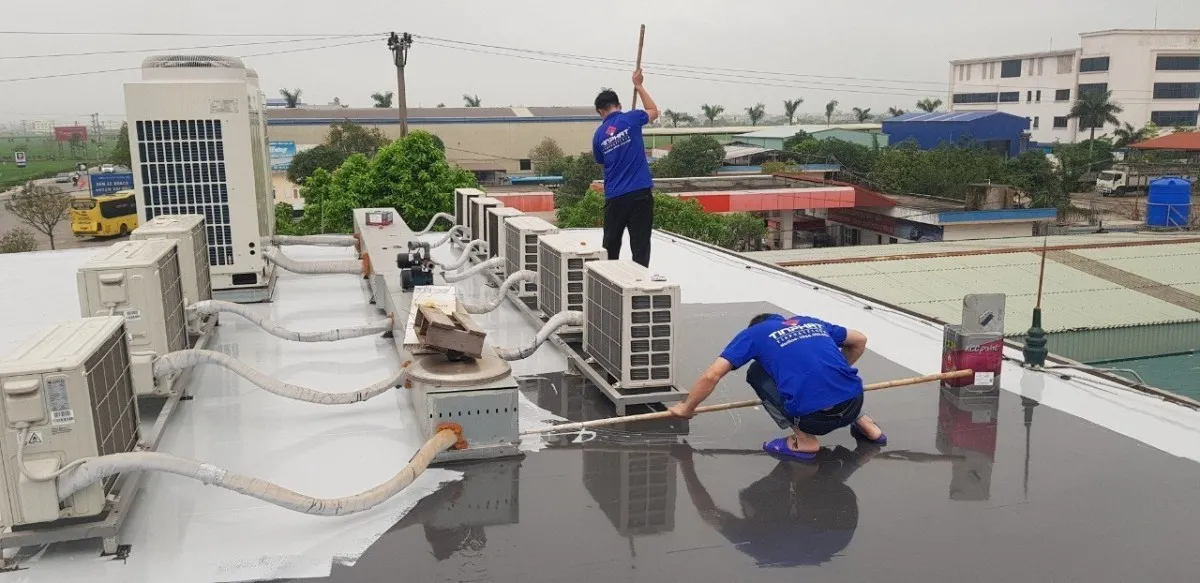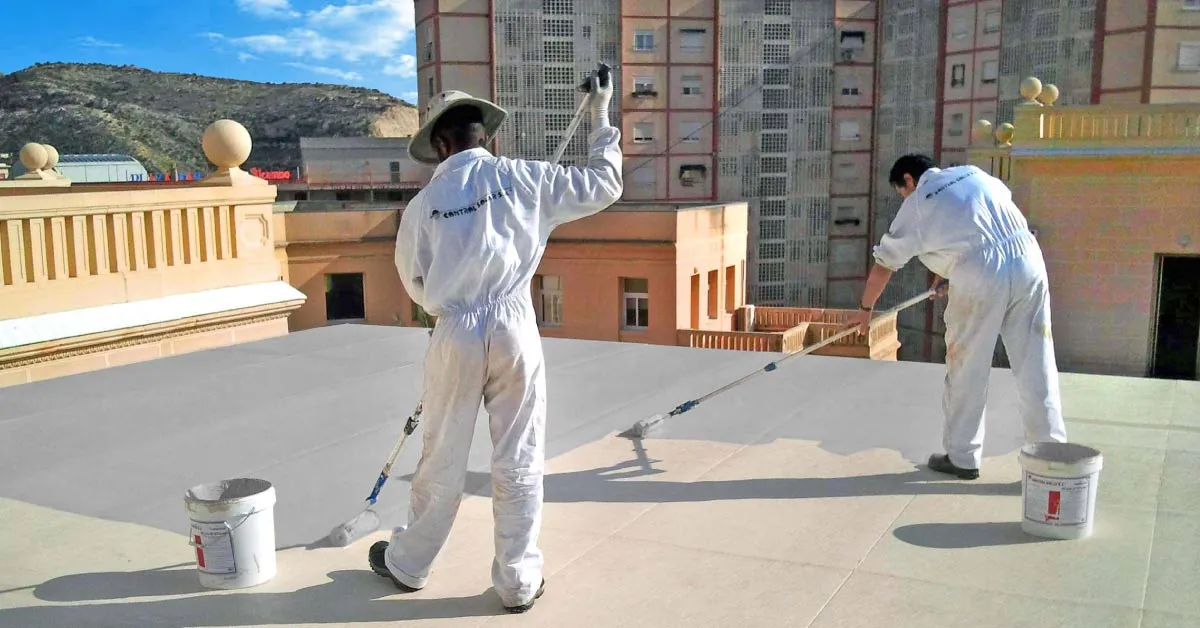Ultimate Guide to Basement Waterproofing: Cost, Methods, and Benefits
Basements are often the most vulnerable part of a home when it comes to water damage. Whether you live in an area with heavy rainfall, high groundwater levels, or aging infrastructure, your basement can quickly become a breeding ground for mold, mildew, and structural issues if not properly protected. This Ultimate Guide to Basement Waterproofing will walk you through everything you need to know - from understanding the causes of basement leaks to exploring different waterproofing methods, costs, and long-term benefits. By the end, you’ll have the knowledge to make informed decisions about protecting your home and investment.
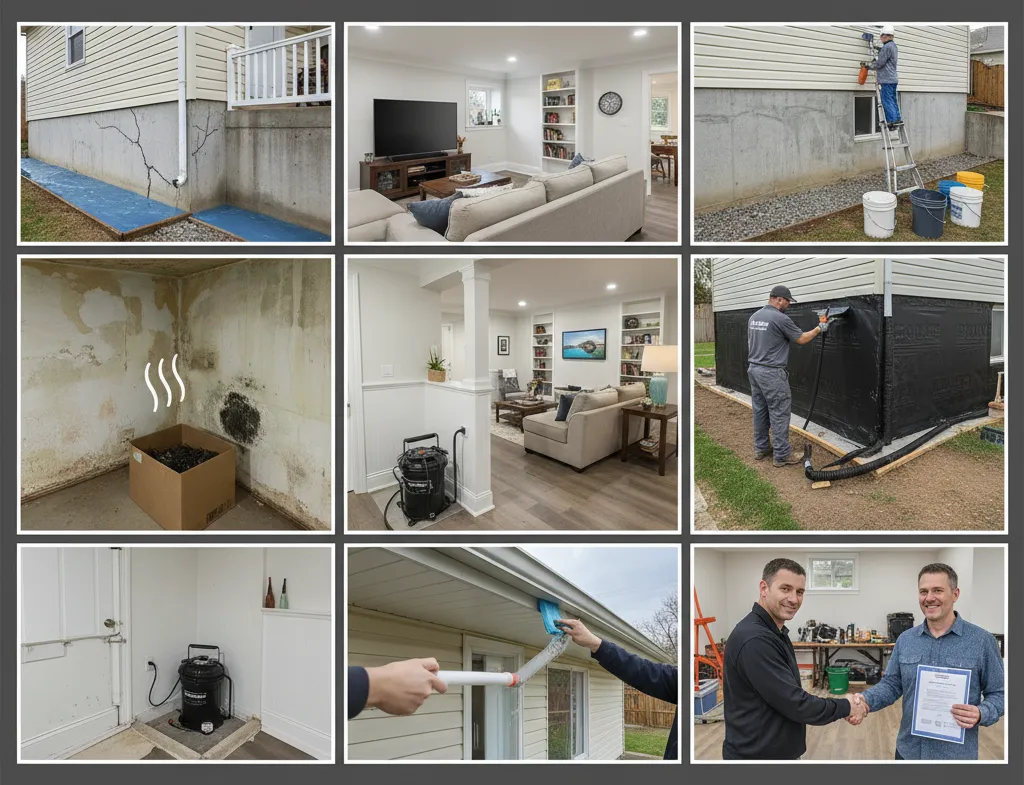
Understanding the Importance of Basement Waterproofing
Before diving into costs and methods, it’s crucial to understand why basement waterproofing matters. A damp or flooded basement doesn’t just ruin stored belongings; it can compromise the structural integrity of your home. Water infiltration can weaken foundations, cause cracks, and lead to expensive repairs down the line.
Additionally, moisture creates the perfect environment for mold growth, which can negatively impact indoor air quality and your family’s health. By investing in waterproofing, you’re not just protecting your property - you’re safeguarding your well-being.
Key Risks of Ignoring Waterproofing
- Structural damage to walls and foundations
- Growth of mold and mildew
- Decreased property value
- Increased energy costs due to humidity
Common Causes of Basement Water Problems
Understanding the root causes of water intrusion helps you choose the right waterproofing method. Basements are prone to leaks for several reasons, ranging from natural soil conditions to construction flaws.
Some of the most common causes include hydrostatic pressure, poor drainage, and cracks in the foundation. Identifying the source of the problem is the first step toward a long-lasting solution.
Typical Sources of Basement Leaks
- Hydrostatic pressure pushing water through walls and floors
- Improperly installed or clogged gutters
- Cracks in concrete foundations
- High groundwater levels
Signs You Need Basement Waterproofing
Not all water problems are obvious. Sometimes, subtle signs indicate that your basement is at risk. Recognizing these early warnings can save you thousands in repair costs.
Look for visible water stains, musty odors, or peeling paint. These are often the first indicators of moisture problems that require immediate attention.
Warning Signs to Watch For
- Musty smell or damp odor
- Efflorescence (white powdery residue on walls)
- Warped wood or rusted metal fixtures
- Persistent humidity even with ventilation
Interior Basement Waterproofing Methods
Interior solutions focus on managing water that has already entered the basement. While they don’t stop water from coming in, they redirect it safely away from your home.
These methods are often more affordable and less invasive than exterior waterproofing, making them a popular choice for homeowners on a budget.
Common Interior Methods
- Interior sealants applied to walls and floors
- Drainage systems like French drains
- Sump pump installation
Pros and Cons
- Pros: Lower cost, quick installation, effective for minor leaks
- Cons: Doesn’t address the root cause of water intrusion
Exterior Basement Waterproofing Methods
Exterior waterproofing is considered the most effective long-term solution because it prevents water from entering the basement in the first place. However, it is also the most expensive and labor-intensive option.
This method involves excavating around the foundation, applying waterproof membranes, and installing drainage systems to keep water away from the structure.
Exterior Techniques
- Excavation and membrane application
- Exterior French drains
- Soil grading and landscaping adjustments
Pros and Cons
- Pros: Long-lasting, addresses root causes, increases property value
- Cons: High cost, disruptive installation process
Cost of Basement Waterproofing
The cost of basement waterproofing varies widely depending on the method chosen, the size of your basement, and the severity of the water problem. On average, homeowners can expect to spend anywhere from $2,000 to $15,000.
Interior solutions like sealants and sump pumps are on the lower end of the spectrum, while exterior excavation and drainage systems fall on the higher end.
Factors Affecting Cost
- Size of the basement
- Extent of water damage
- Type of waterproofing method
- Local labor and material costs
DIY vs. Professional Waterproofing
Some homeowners attempt DIY waterproofing to save money. While this can work for minor issues, professional services are recommended for long-term solutions. Professionals have access to specialized equipment and materials that ensure durability.
DIY methods may provide temporary relief but often fail to address deeper structural issues, leading to recurring problems.
When DIY Works
- Applying sealants to small cracks
- Installing dehumidifiers
- Cleaning gutters and downspouts
When to Call a Professional
If you notice persistent flooding, foundation cracks, or mold growth, it’s best to hire a licensed contractor for a comprehensive solution.
Benefits of Basement Waterproofing
Investing in basement waterproofing offers numerous benefits beyond just keeping your basement dry. It enhances your home’s value, improves indoor air quality, and provides peace of mind during heavy rains.
Additionally, a dry basement opens up opportunities for finishing the space into a livable area, such as a home office, gym, or entertainment room.
Key Benefits
- Increased property value
- Healthier living environment
- Lower maintenance costs
- Expanded usable space
Maintenance Tips After Waterproofing
Even after waterproofing, regular maintenance is essential to ensure long-term effectiveness. Neglecting upkeep can lead to recurring issues and costly repairs.
Simple steps like cleaning gutters, checking sump pumps, and inspecting foundation walls can go a long way in preventing future water problems.
Maintenance Checklist
- Inspect gutters and downspouts twice a year
- Test sump pumps regularly
- Seal new cracks immediately
- Maintain proper landscaping slope
Choosing the Right Waterproofing Contractor
Selecting a reliable contractor is one of the most important steps in the waterproofing process. A reputable professional will provide a thorough inspection, clear cost estimates, and warranties for their work.
Always check reviews, ask for references, and compare multiple quotes before making a decision. Remember, the cheapest option isn’t always the best when it comes to protecting your home.
What to Look For
- Licensed and insured contractors
- Experience with both interior and exterior methods
- Transparent pricing and warranties
Conclusion
Basement waterproofing is not just a home improvement project - it’s an investment in your property’s safety, value, and livability. From understanding the causes of water intrusion to exploring different methods and costs, this Ultimate Guide to Basement Waterproofing has provided you with the knowledge to make informed decisions.
By taking proactive steps today, you can prevent costly repairs tomorrow, improve your home’s air quality, and even unlock new living space in your basement. Whether you choose a DIY approach for minor issues or hire professionals for a comprehensive solution, waterproofing ensures that your home remains strong, dry, and valuable for years to come.

